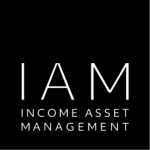Thought Pieces
Thought Pieces
Recent Thought Pieces
October 1 2025 | 9 min

RBA rates on hold – important not to forget about floaters within portfolios
Read ArticleMost Popular Thought Pieces
September 3 2025 | 2 min

Why Australian Investment Grade Bonds Stand Out in Today’s Market
Read ArticleApril 14 2025 | 3 min

The Quiet Strength of Syndicated Loans in a Noisy Private Credit Market
Read ArticleApril 11 2025 | 2 min

Understanding Bank Hybrids and Their Role in the Capital Structure
Read ArticleCredit Opinions
Access detailed issuer and issue specific credit and relative value opinions to assist you with the investment decision making process.